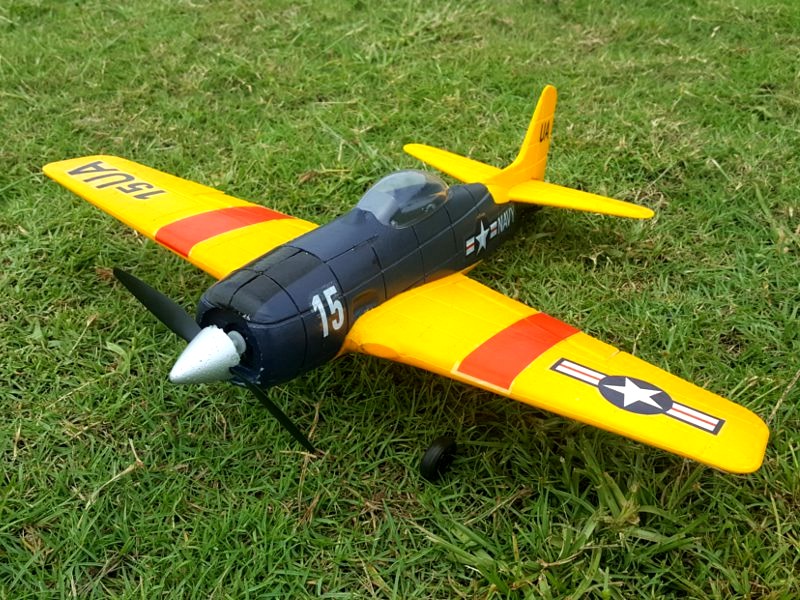Is RC plane a good hobby?

Yes, RC plane is a great hobby! RC plane flying is a great way to get outside, enjoy the fresh air, and have some fun. It's a great way to relax and take a break from the stresses of everyday life.
RC plane flying is a great way to learn about aerodynamics and physics. By understanding the principles of flight, you can become a better pilot and have a better understanding of how your plane works. You can also learn about the different types of planes and how to build and maintain them.
RC plane flying can also be a great way to bond with friends and family. You can get together and fly together, or even compete against each other. It's also a great way to meet new people and make new friends.
RC plane flying is also a great way to get some exercise. You'll be walking around, carrying your plane, and flying it. This can help keep you active and healthy.
RC plane flying is also a great way to teach your kids about aviation and physics. Kids can learn about the basics of flight, how to build and maintain planes, and even how to fly them.
Finally, RC plane flying is a great way to get creative. You can customize your plane with different colors, designs, and features. You can also build and design your own planes.
Overall, RC plane flying is a great hobby for anyone who enjoys the outdoors and wants to learn more about aviation and physics. It's a great way to relax, get some exercise, bond with friends and family, and get creative. So if you're looking for a new hobby, RC plane flying might be the perfect choice for you!
Comments / Question
- Battery and charger
- Radio controller
- Repair and replacement parts
- Tools
- Flight simulator software
- Hangar and accessory storage
- Recharging station
- Pilot gear, such as goggles, helmets, and flight suits
- Pilot association fees
2. Make sure you have a spotter to help you keep an eye on your plane.
3. Check the weather conditions before flying and never fly in windy or rainy conditions.
4. Make sure your plane is in good condition before flying.
5. Always fly within your line of sight and never fly higher than 400 feet.
6. Be aware of other aircraft in the area and stay away from them.
7. Make sure your transmitter is in good condition and that the frequency is set correctly.
8. Wear safety glasses to protect your eyes from debris.
9. Make sure your batteries are charged and in good condition.
10. Follow all local laws and regulations regarding RC aircraft.
2. Park Flyers: These are small, lightweight planes that are designed for flying in parks or in open areas with little wind. They are easy to transport and require very little assembly.
3. Sport Planes: These are mid-sized, general-purpose planes that are suitable for all skill levels. They offer more speed and agility than park flyers and can be used for aerobatics and other performance-oriented maneuvers.
4. Warbirds: These are scale models of real-world aircraft like the Spitfire, P-51 Mustang, and F4U Corsair. They are usually larger than sport planes and offer excellent maneuverability and stability in flight.
5. Electric Ducted Fan (EDF) Jets: These are high-performance jets that are powered by electric ducted fan engines. They are capable of high speeds and can perform extreme aerobatic maneuvers.
6. Giant Scale Planes: These are large-scale planes that are designed for flying in wide open spaces. They are usually powered by gasoline engines and offer excellent control and stability while in flight.
2. Cost Effective: RC planes are relatively inexpensive compared to other hobbies, making them an attractive option.
3. Fun: With RC planes, you can experience the joy of flight without the complexities and cost of full-scale aviation.
4. Customization: With RC planes, you can customize your plane to look and perform the way you want it.
5. Social: RC planes create an opportunity to meet other enthusiasts and engage in a social hobby.
6. Stress Relief: Flying an RC plane can be a great way to relax and relieve stress.

